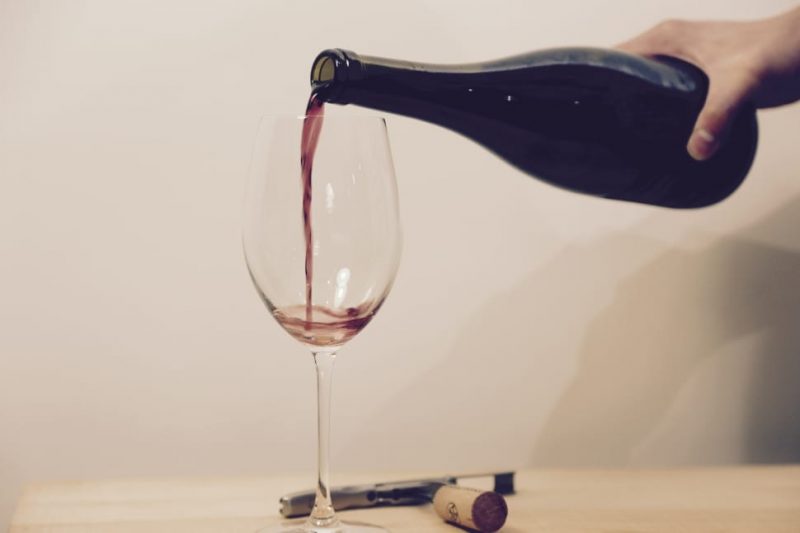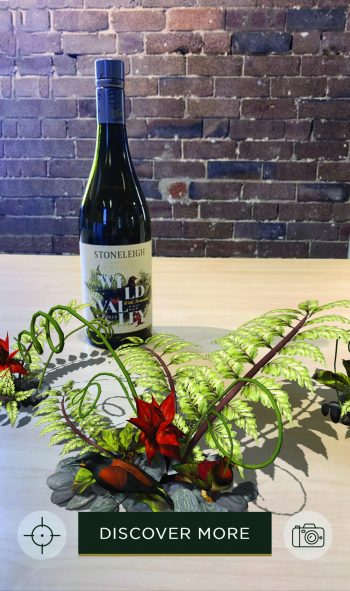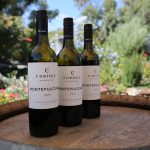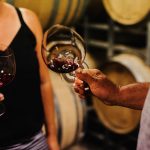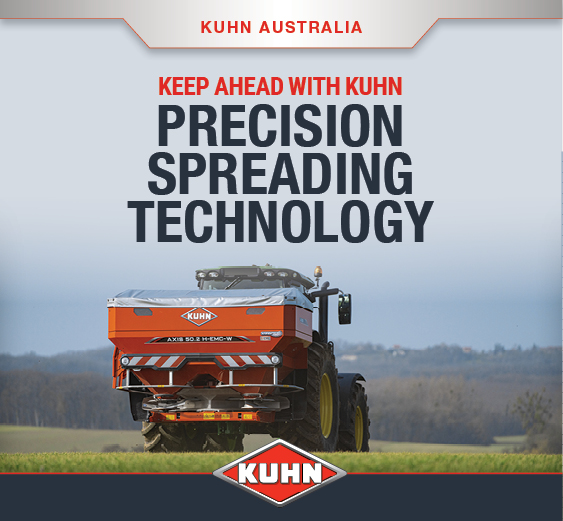Keeping their brand fresh can be a challenge for many wineries. One of the exciting new directions being taken by some in the industry to revamp the appeal of their labels is the adoption of augmented reality (AR) technology.
Journalist Samuel Squire spoke to the developer of one innovative AR option that offers to boost the digital potential of new and existing brands alike.
The world of virtual and augmented reality seems to be constantly upgrading to new heights of possibility.
The line between the real and the digital is becoming more and more blurred with each new development.
People can get augmented reality apps on their smartphones to use for real-world applications, like Apple’s ‘Measurements’ app, designed to take virtual measurements through the iPhone’s camera.
Video games have been immersed in the realm of virtual reality, but not to the extent of Spielberg’s futuristic ‘Ready Player One’, but rather, to sit in a chair in your living room and feel like you’re belting around the Nürburgring race track in a brand new Honda Civic Type R.
The wine industry is now starting to expand the limits of augmented reality technology in labelling, giving brands new opportunities to extend their reach digitally.
Looking through the glass screen of your phone, you will be exposed to the new, insightful world of wine AR with brands developing software to show the stories behind the wine, the grapes that made it, tasting notes and even give you a digital tour of the winery.
|
|
Wine label AR technology can also help customers when choosing what to pick off the shelf at their local wine store.
One software developer pioneering wine branding’s digital potential is Unbnd, a Sydney-based company specialising in creating immersive experiences through web-based augmented reality technology. Managing director of Unbnd David Loughnan says that using web-based augmented reality is a gateway to increasing a wine brand’s marketability exponentially. He says that using web-based AR will save on development costs and compatibility issues that are often typical in deploying IOS and Android exclusive apps. “App-based augmented reality technology is great, but it’s very scalable, meaning it’s specific to a device operating system or an app made solely for that device,” he said. “For consumers, app-based AR presents quite a barrier for adoption because users have to download an app to get hold of extra information and make use of the experiences AR technology is developed to provide.” Loughnan says his company specialises in web-based AR, which allows people to click a URL/website link and use the internet browser already installed on their phone (alongside with the phone’s camera), making it easier and more convenient to use. |
He said that while there are currently some minor limitations to the best implementation of this technology, these should dissipate over time.
He added that older generation mobile devices, “prior to the iPhone 8, like the iPhone 5s and 6s, for example” will not be able to make full use of AR labelling technology.
“There are considerations, though. AR labelling performs better on newer devices. Older devices limit the functionality of this technology, but as time goes on, older tech will naturally phase out as people upgrade,” he said.
Boosting wine brand marketability
Loughnan says the wine industry could easily benefit from the use of augmented reality on wine labels and packaging as he says there is no third party app necessary to install on your device.
He says wine companies ought to consider making use of this innovative technology because of the boost to brand marketability, storytelling and the level of brand-to-consumer communication it offers.
In terms of boons to wine brand marketing, the technology works by making use of “visually noisy markers” which the phone’s camera detects, thus presenting an immersive experience from the winery to the consumer.
“This technology is all about immersive augmented reality consumer experiences to increase the connection between the brand and the consumer,” Loughman said.
“Wine brands can easily adapt this technology to wine labels and use it to give the consumer a new method of storytelling about the wine, the winery it came from or even push tasting notes and discount codes to increase traffic and move more product.
“All it needs to work are visually noisy markers for the camera to grab onto.” The market is ready and able, and according to Loughnan, all that remains is for producers to take the step and start using the new technology.
“There is absolutely a market [for this tech]. I think it’s a great addition for brands to make full use of,” he said.
“I think, over the next few years, we will start to see more brands use this tech – it’s user-focused and will make it easier for consumers to find out more about your brand. “It’s a new way to look at storytelling and marketing.”
This article was originally published in the June issue of The Australian & New Zealand Grapegrower & Winemaker. To find out more about our monthly magazine, or to subscribe, click here!
To view the current issue of the Grapegrower & Winemaker, visit our Current Issue page.
Are you a Daily Wine News subscriber? If not, click here to join our mailing list. It’s free!
